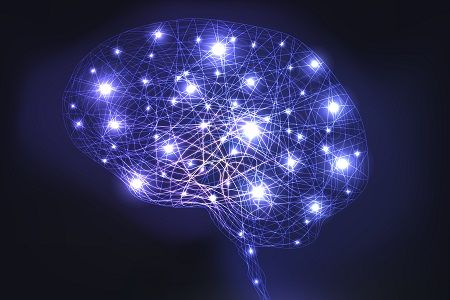Generational Care: The History of Tardive Dyskinesia Treatment
"The frequency of causing tardive dyskinesia is lesser, but it’s not zero."

Of the nearly 40 years of tardive dyskinesia (TD) research and prevention history, none compare to 2017.
In this year — or even just the past 6 months — the neurological movement disorder has made great strides. The first treatment specific for the condition, valbenazine (Ingrezza), was approved by the US Food and Drug Administration (FDA) in April. It was followed by deutetrabenazine’s (AUSTEDO) approval in August, after the Huntington’s Disease chorea treatment showed trial efficacy for TD.
But TD’s blip on health care experts’ radars has been historically sporadic. Hubert Fernandez, MD, a neurologist at the Cleveland Clinic, said the initial wave of TD diagnoses were made during the trending of “first generation” anti-psychotic medications in the 1970s and 1980s.
TD is caused by dopamine receptor blocking agents, generally used as treatment for psychiatric or gastroenterological implications.
“The conventional or first generational anti-psychotic had the ability to cause dyskinesia,” Fernandez told MD Magazine. “(Doctors) weren’t really concerned with the physical side, they were concerned about psychiatric side. They just kind of bit the bullet, and if it happened, it happened.”
Through the progression of pharmacology, a second generation of anti-psychotics came to the market in the late 1990s and early 2000s, Fernandez said. These drugs were now being indicated for conditions aside from schizophrenia, meaning a larger population was becoming susceptible to TD.
It was around this time that doctors began to call TD “the vanishing disease,” Fernandez said.
“Although (the new anti-psychotics) were less likely to cause TD, they aren’t exempt from it,” Fernandez said. “The frequency of causing tardive dyskinesia is lesser, but it’s not zero. It came on the rise again, and interest was only picked up when there was a little progress on medications.”
Such progress came on the TD drugs approved this year, which share the distinction of being vesicular monoamine transporter 2 (VMAT-2) inhibitors. VMAT-2 inhibitors are rarely used for treatment in the US due to costs and notable side effects such as depression, Fernandez said.
But Ingrezza and AUSTEDO are “significantly better tolerated” compared to first-generation tetrabenazine while also matching its efficacy, Fernandez said.
“Prior to these, the only thing we had was off-label use of tetrabenazine if it were affordable,” Fernandez said. “Now we actually have practical, more reasonable alternatives where we can keep the agents that cause TD in control, and use treatments to address the neurological side effects that the anti-psychotic medication has caused.”
But now that TD treatment has finally reached the market, new issues come to the forefront. The first line of clinicians to come across TD in a patient are still gastroenterologists and psychiatrists, Fernandez said, and the known rate of TD in patients as well-known as it is initially recognized.
“There is quite a bit of variability to the recognition of tardive dyskinesia, so we don’t really know the prevalence of tardive dyskinesia,” Fernandez said.
Aside from pushing for earlier TD diagnoses, the only other next step forward Fernandez can see is a third generation of anti-psychotic medication.
“It’s not impossible — they’re certainly close to doing that,” Fernandez said.
The approval of AUSTEDO — a deuterated form of tetrabenazine, with pharmocokinetic changes that stabilizes the treatment — is already an implication for the future of neurological treatments.
“This is just the first of many drugs that hopefully we would be able to deuterate and make more stable,” Fernandez said. “Something so simple can be much more stabilized by an element that is much more abundant on the planet.”